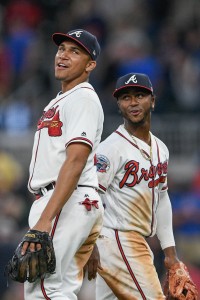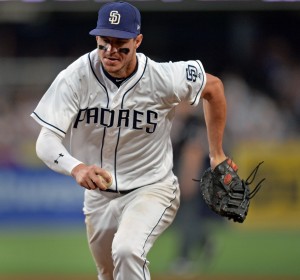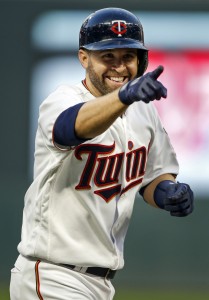The MLB Trade Rumors writing staff has completed our annual winter previews for all 30 teams. Given the unusually quiet nature of this offseason so far, every team still has much to address on their winter to-do lists even though we’re already in December. Click the links for a full analysis of what your favorite team has in store before Opening Day…
AL East
AL Central
AL West
NL East
NL Central
NL West




